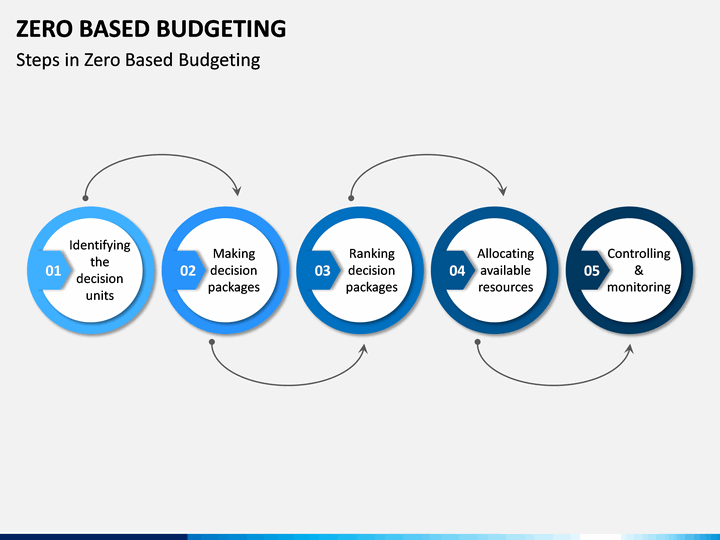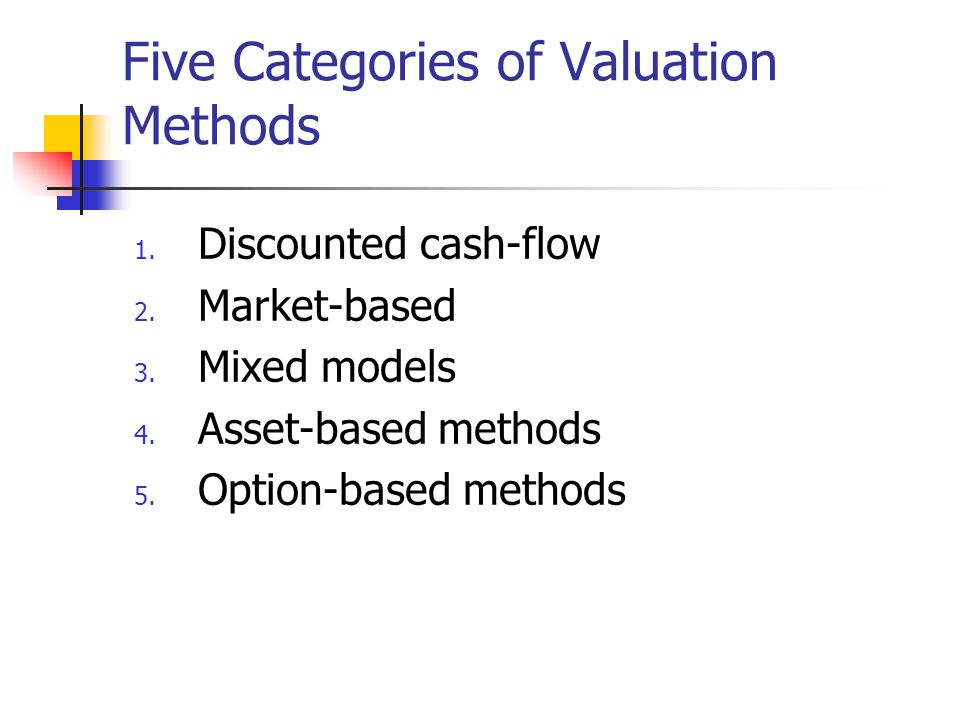What is Microeconomics? Definition of Microeconomics, Microeconomics Meaning
Best Ways To Give Stock As A Holiday Gift
February 5, 2021CCI Indicator Trading Strategies Guide
March 25, 2021Contents:


This is a situation of a decrease in scope of micro economics or a backward shift in the supply curve. Utility refers to the satisfaction gained from the consumption of a good. This theory assumes that consumer purchase decisions are dependent on the degree of utility they derive from a product. Microeconomics gives a magnified picture of an individual unit, similar to how a microscope allows us to see a greater view of tiny items.
- It helps the businessmen in making various decisions to maximise profit.
- Microeconomics is a social science that studies the effects of incentives and behaviours, specifically how they affect resource utilisation and distribution.
- Microeconomics is a branch of economics that studies the behaviour of individual units such as consumers and producers.
- Microeconomics is described as the study of individuals, families, and companies decision-making and resource allocation behavior.
- Microeconomics, in general, gives a more comprehensive and thorough knowledge than macroeconomics.
Microeconomics studies individual economic units and small aggregate units such as market demand and industries. The study of Micro Economics is mainly confined to price, theory, and resource allocation. This approach does not stud national economic problems such as unemployment, poverty, inequality of income etc. Theory of growth, theory of business fluctuation, monetary and fiscal policies etc. are beyond the limit of Micro Economics, so it’s scope is limited, compared to that of Macro Economics. Micro Economics is all about how individual actors make decisions, how supply and demand determine prices, how companies think about competition and determines the prices. All in all, this course enables students to understand the basics of economics particularly how economic agents – individuals and firms make rational decision in an economy.
Choose Your Subject
In urban development, the scope of economics covers the analysis of different urban issues such as crime, education, public transit, housing, and local government finance. On the other hand, in rural development, economics can be used to analyse the shortage of natural resources, obtain the best price for production. According to price theory, the price of a good or service is based on the relationship between its demand and supply.
- Microeconomic theory explains how these efficiencies are obtained under different circumstances.
- It studies the economic actions and behaviour of individual units such as an individual consumer, individual producer or a firm, the price of a particular commodity or a factor, etc.
- It is that form of market where there are a few big firms and a large number of buyers of the product.
- The law of diminishing utility and indifference curve theory both study human behaviour.
- The price and output decisions of one firm impact the decisions of other firms in the market.
- In Microeconomics, land, labour, capital and entrepreneur are the factors that contribute to the production process.
If you want to know about scope of microeconomics choose the correct option, continue reading and learn more. Microeconomic theories can help business people make important business decisions. These considerations include the cost of manufacturing, pricing, maximum output, consumer preferences, the product’s demand and supply, and so on. Microeconomics is the discipline of economics that studies the economic behavior of individual economic units.
Meaning of Microeconomics
The price and output decisions of one firm impact the decisions of other firms in the market. With its basic concepts, microeconomics aids in comprehending numerous complicated economic situations. It has made significant contributions to the science of economics through the invention of new words, ideas, terminologies, economic analytical tools, and so on. A free market economy is one in which private persons make economic decisions about the production of products such as “What to create, How much to produce, How to produce, and so on.” The term “microeconomics” comes from the Greek word “Mikros,” which means “study of particular needs and desires.” The term “micro” refers to anything little.
Explore the Tech turf – The Tribune India
Explore the Tech turf.
Posted: Fri, 28 Apr 2023 04:44:00 GMT [source]
What does the bowed-out shape of the production possibilities curve illustrate. Micro economic theory shows under what conditions these efficiencies are achieved. I) Efficiency m production – Efficiency in production means producing maximum possible amount of goods, from the given amount of resources.
Free Study Material
When economic problems such as unlimited wants, limited means, and alternative uses of limited resources are studied and addressed at the level of individuals, it is called microeconomics. The market forces such as demand and supply play an important role in addressing various microeconomic problems. This branch of economics assumes that macro variables remain constant. For example, when we are studying the determination of the price of an individual firm, it is assumed that the aggregate price level is constant.

So, theory of product pricing is subdivided into theory of demand & theory of production & cost. Price of a commodity depends upon the forces of demand and supply. Therefore, analysis of demand and supply side is necessary in order to explain the process of determination of price. The term Micro has its origin in the Greek word called mikros which means small.
FAQs on Microeconomics: Detailed Overview
Ts study is mainly confined to price theory and resource allocation. Theory of distribution explains how wages rent , interest , profits (the reward for the entrepreneur are determined. The theory of product pricing explains how the relative prices of cotton cloth, rice, car and thousands of other commodities are determined. Law of diminishing marginal utility states that as more and more units of a commodity are consumed by the consumer continuously, the marginal utility derived from every additional unit must decline. Many elements of international commerce, such as tariff impacts, exchange rate determination, and profits from international trade, may be explained using microeconomics. It is also important in public finance to examine both the incidence and the effect of a certain tax.
Microeconomics theory aims to describe how individuals spend their income among various items and services in order to optimize their utility. Because it aids in calculating the prices of both commodities and inputs of production in their respective marketplaces, microeconomics is also known as the price theory. Microeconomics is a branch of economics that studies the behaviour of individual units such as consumers and producers. Individual economic units, such as a single business, individual prices, individual families, and so on, are studied. In Microeconomics, land, labour, capital and entrepreneur are the factors that contribute to the production process.
To make sure you are not studying endlessly, EduRev has designed Commerce study material, with Structured Courses, Videos, & Test Series. Plus get personalized analysis, doubt solving and improvement plans to achieve a great score in Commerce. Monetary policy is the macroeconomic policy laid down by the central bank.
Microeconomics thus deals with a small part of the national economy. It studies the economic actions and behaviour of individual units such as an individual consumer, individual producer or a firm, the price of a particular commodity or a factor, etc. The entire economy is broken into smaller pieces using this strategy, and each unit is then thoroughly examined.
Microeconomic theory shows under what conditions these efficiencies are achieved. Above discussion on subject matter of Micro Economics explains the scope of it. It is that form of market where there are many buyers and sellers of the product, but the product of each seller is different from another. We can thus conclude that, the scope of Micro economics is limited. It does not take into account aggregates of economy or national problems such as poverty, unemployment, inequalities of income etc.
What Should Economists Do? Price Theory or Microeconomics? – Econlib
What Should Economists Do? Price Theory or Microeconomics?.
Posted: Tue, 14 Mar 2023 07:00:00 GMT [source]
Land, labour, capital and entrepreneur are all factors of production and contribute to the process of production. For this contribution, they get rewards in the form of rent, wages, interest and profits respectively. The theory of factor pricing explains how the factor prices are determined. Microeconomics is described as the study of individuals, families, and companies decision-making and resource allocation behavior. It also describes how the prices of various components of production, such as land rent, labor salaries, capital interest, and entrepreneur profits, are set in the commodity and factor markets. Microeconomics is concerned with demand analysis i.e. individual consumer behaviour, and supply analysis i.e. individual producer behaviour.
Because productive resources are finite in the economy, microeconomics explains how productive resources are distributed in the creation of various commodities and services. It also helps in deciding what to create, how to make it, and for whom to produce it. Microeconomic analysis assists businesses in forecasting demand for their products. Microeconomics is the study of how people make decisions, what influences those decisions, and how those decisions affect the products markets by changing pricing, supply, and demand.
Microeconomics presupposes that the entire amount of resources is known and aims to explain how they are distributed among the numerous items produced. It uses economic theories and concepts which are used to analyze the operational and environmental problems related to a business to take appropriate business decisions and formulate future plans. Micro economic in nature i.e. related to firms at an individual level.
It does not study the aggregates relating to the whole economy. This approach does not study national economic problems such as unemployment, poverty, inequality of income, etc. Theory of growth, the theory of business cycles, monetary and fiscal policies, etc. are beyond the limits of micro economics. The market forces of demand and supply decide the price of a single product. Demand analysis, or individual consumer behaviour, and supply analysis, or individual producer behaviour, are both topics in microeconomics. Thus, the focus of microeconomics is mainly confined to price theory and resource allocation.

For example, prices should rise when the demand exceeds the supply and vice-versa. Equilibrium is the state of being in a state of balance between two factors. The microeconomic analysis is concerned with partial equilibrium, which investigates the equilibrium position of a single economic unit, such as a single client, a single firm, or an industry. It isolates a single unit from other forces and investigates its equilibrium on its own.
3D Display Market is Projected to Reach USD 370.77 Billion by 2030: Cognitive Market Research – openPR
3D Display Market is Projected to Reach USD 370.77 Billion by 2030: Cognitive Market Research.
Posted: Tue, 02 May 2023 13:41:00 GMT [source]
These choices are made based on the consumer’s preferences or the product’s demand. Microeconomics theory aids in the comprehension of the free market economy’s operation. It ignores national economic issues including inflation, deflation, the balance of payments, poverty, unemployment, population, and economic growth, among others.
It is also important for the economic development and growth of the country. The law of diminishing utility and indifference curve theory both study human behaviour. Thus, the subject matter of micro economics is mainly concerned with the price theory and allocation of resources. It seeks to examine the basic economic questions regarding production, distribution and consumption of goods and services. Micro economics is mainly confined to price theory and resource allocation.
It is important in developing economic policies such as taxes, public expenditure, and pricing policy, among others. These policies assist the government in achieving its objective of efficient resource allocation and fostering societal economic well-being. Land, labor, capital, and the entrepreneur are the components that contribute to the manufacturing process in microeconomics. In the form of rent, wages, interest, and profit, microeconomics assists in establishing the factor incentives for land, labor, capital, and entrepreneurs, respectively. Study of demand side covers the analysis of consumer’s behavior and study of supply side, covers the analysis of conditions of production, cost and behaviour of firm & industry.
